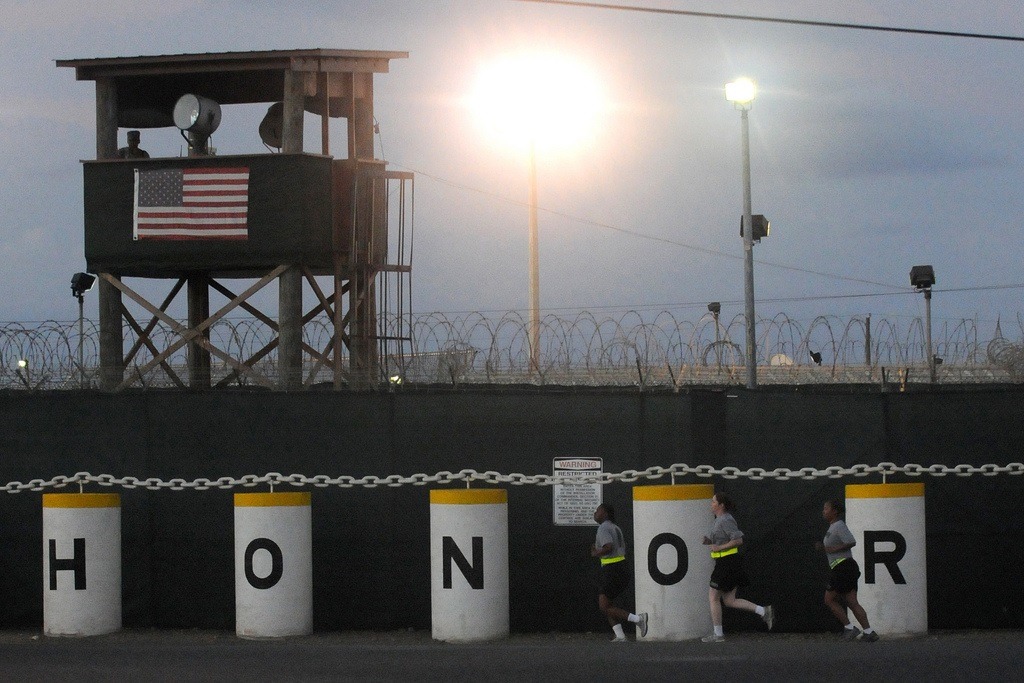
July 28, 2015; Reuters
A complaint has been lodged against the U.S. Department of Defense charging officials for ignoring health concerns from personnel for years.
Cancer clusters, like the famous cases of childhood leukemia in Woburn, Massachusetts, and Tom’s River, New Jersey, have been notoriously difficult to substantiate. Even before a scientific link can be established, there must be a concerted effort by the community members to bring the issue to the attention of public health officials, to be taken seriously or ignored. Lois Gibbs was the leader of one of the first largely grassroots movements to address a widespread toxic contamination of her community. Gibbs led an activist residential movement to relocate away from their town Love Canal, New York, after contaminants began creating noticeable health problems. Gibbs went on to form her own nonprofit, but the activist spirit behind the push for answers in situations where a cluster is suspected has been a common thread for the past 40 years.
In much the same way, a current employee at Guantánamo Bay is also pushing for change, and trying to hold government officials accountable. At Guantánamo Bay, a complaint alleging a cancer cluster has been gaining strong support from former and current employees that have long suspected (and reported) health problems linked to the site that were seemingly ignored by officials for years.
The U.S. Navy is investigating reports in a complaint filed against the U.S. Defense Department’s Office of the Inspector General, alleging the existence of a cancer cluster in Guantánamo Bay’s war court site after at least seven military and civilian employees working at the camp were diagnosed with a variety of different cancers. Cancer clusters occur when unusually high numbers of people around the same geographic region develop the same illness from a common cause.
“The Department of Defense is aware of concerns about possible carcinogens around the Department of Defense Military Commissions site,” said base spokeswoman Kelly Wirfel, in an e-mail from Guantánamo. “We take any health concerns very seriously. Working together with the Navy Marine Corps Public Health Center and other environmental and health officials, Navy Region Southeast is looking into this to identify whatever steps may be necessary to address these concerns. We will keep everyone informed as we go along.”
The complaint was filed by a Navy Reserves attorney who had worked at the camp on July 14th, just days before the death of Navy Lieutenant Commander Bill Kuebler, a former war court lawyer on July 17th, at the age of 44. Kuebler had been representing Canadian captive Omar Khadr before his death from appendix cancer between 2007 and 2009. The complaint says that there has been an unusually large number of people who have been diagnosed out of the 200 prosecutors, defense attorneys, and other employees who have worked at the base. Those who have been affected were between the ages of 35 and 52, and their cancers include lymphoma, brain, appendix, and colon. Three have died so far, and Kuebler’s was a particularly aggressive cancer.
According to the complaint, those who have been diagnosed may have been exposed to carcinogens while working at areas in the camp where jet fuel was previously disposed of. In addition, the affected may also have been exposed to toxins like asbestos while working in older buildings where the trials were housed.
Sign up for our free newsletters
Subscribe to NPQ's newsletters to have our top stories delivered directly to your inbox.
By signing up, you agree to our privacy policy and terms of use, and to receive messages from NPQ and our partners.
According to the Miami Herald, which has been following these cases since 2008, attorneys representing or prosecuting the detainees have had to work in buildings with warning signs of the health hazards of using the water. These buildings were abandoned before the detention center opened in 2002.
For some, the complaint brings welcome change that has been long coming. VICE News obtained documents via the Freedom of Information Act that indicated defense attorneys that had worked at the camp had previously fallen ill in 2012 from an infestation of mold and rat droppings located in their offices at the base.
“We have been telling our chain-of-command for years that we don’t feel safe living and working in the temporary facilities the government has erected for military commissions,” said U.S. Air Force Capt. Michael Schwartz and a military defense lawyer who has worked on Guantánamo Bay for years. “But, along with the Constitution, the government seems to want to sweep this under the rug.”
Although it’s uncertain that officials were aware and deliberately ignored the health concerns, others are sure that the government should not itself be conducting an internal investigation. Richard Kammen, a civilian defense attorney who represented one of the masterminds of the 2000 bombing of the USS Cole, is recommending an independent NGO take over the investigation, being as complex as it is.
“It is doubtful the Navy or any DOD related agency could perform this kind of investigation with any objectivity,” he said.
The case of Guantánamo Bay would not be the first instance that civilians have struggled to hold officials accountable in cases of possible cancer clusters. Between the 1950s and 1980s, Marines and their family used and drank water contaminated with toxins at the Marine base camp Camp Lejeune, in North Carolina. With slow responses from officials and neglect to inform the residents of the dangers years later, studies have found that those stationed at Camp Lejeune had a greater risk of dying from certain types of cancers. Similarly, like Gibbs, those affected have pushed for studies to undercover the extent of the damage to the residents.
Although it’s still uncertain whether health officials can determine whether Guántanamo exhibits the characteristics of a cluster, the complaint appears to be only one in a series of efforts by personnel at the camp to find answers and assign accountability.
But as we read this story, it is important to remember not only the hard-won roots of this movement but also the intense difficulties there still are in proving the existence of cancer clusters even when the outcomes are devastatingly obvious.—Shafaq Hasan













